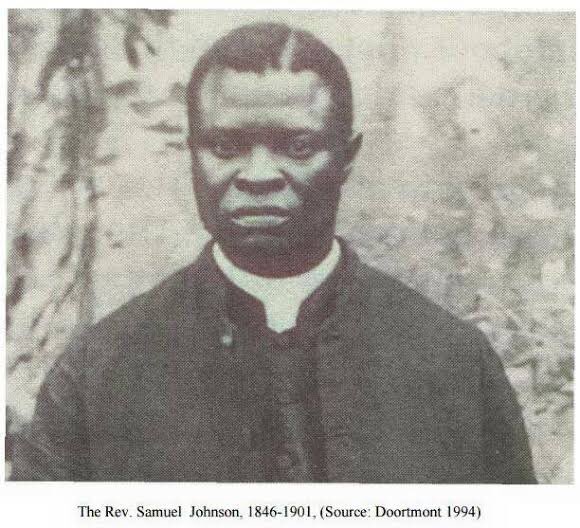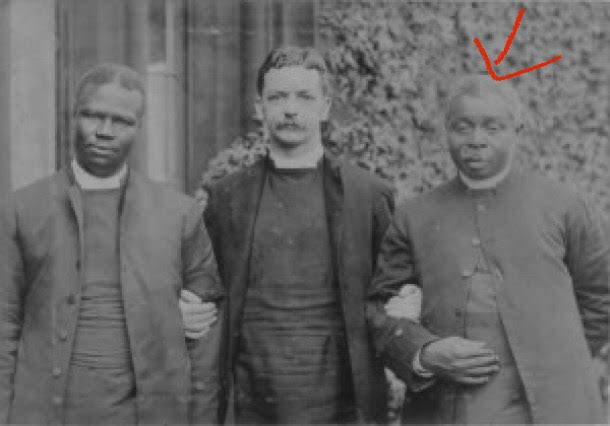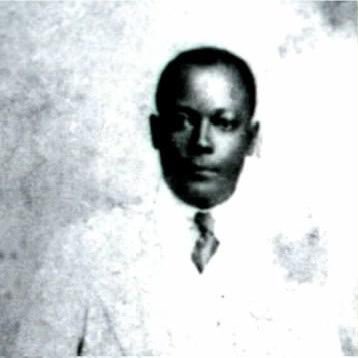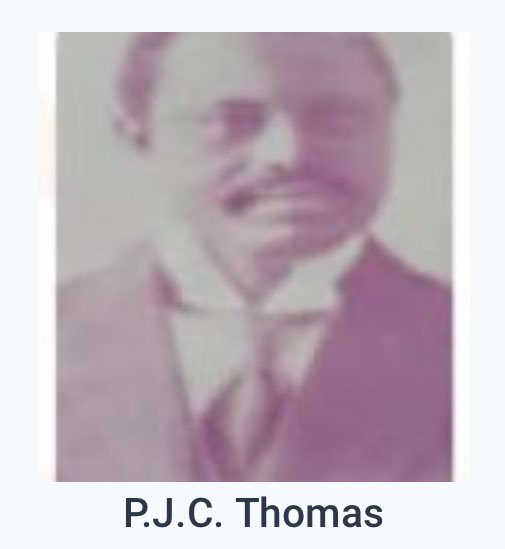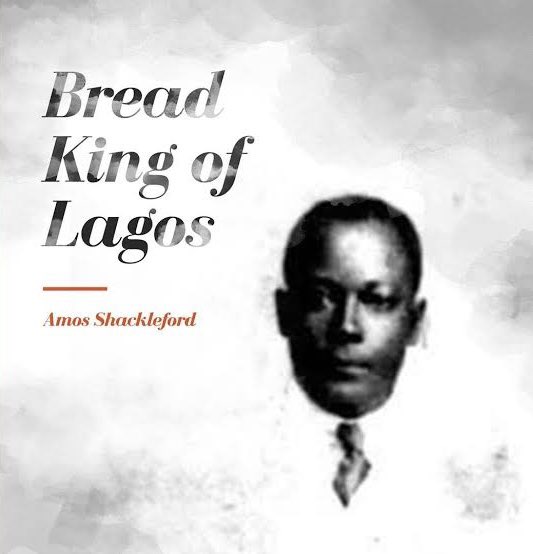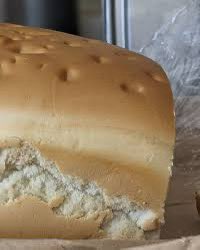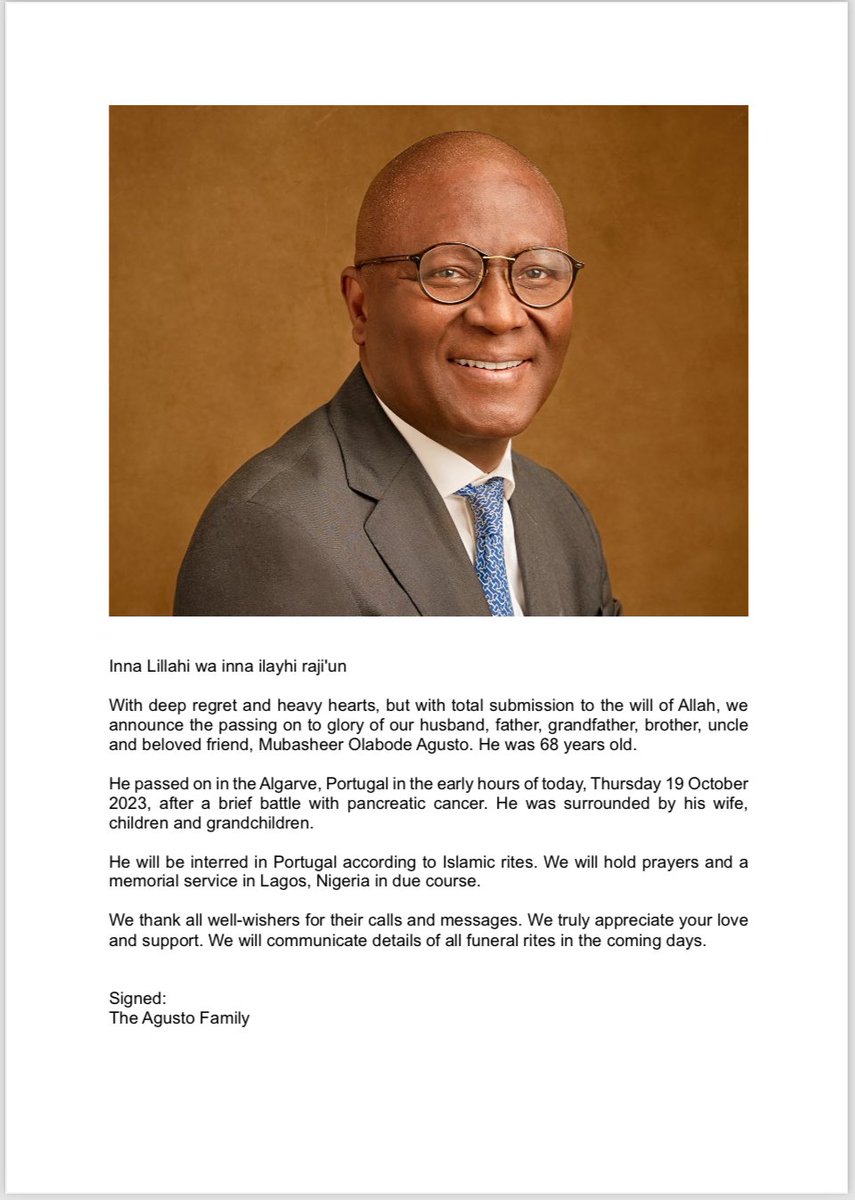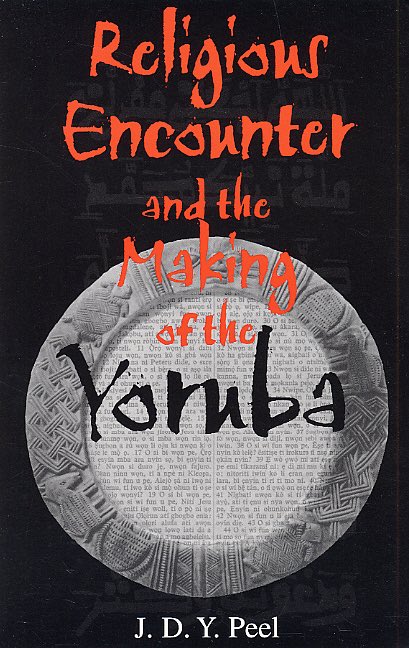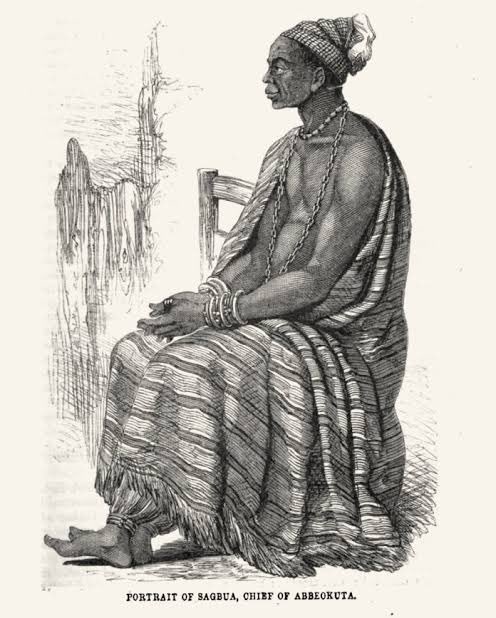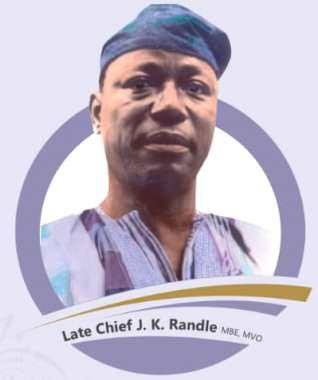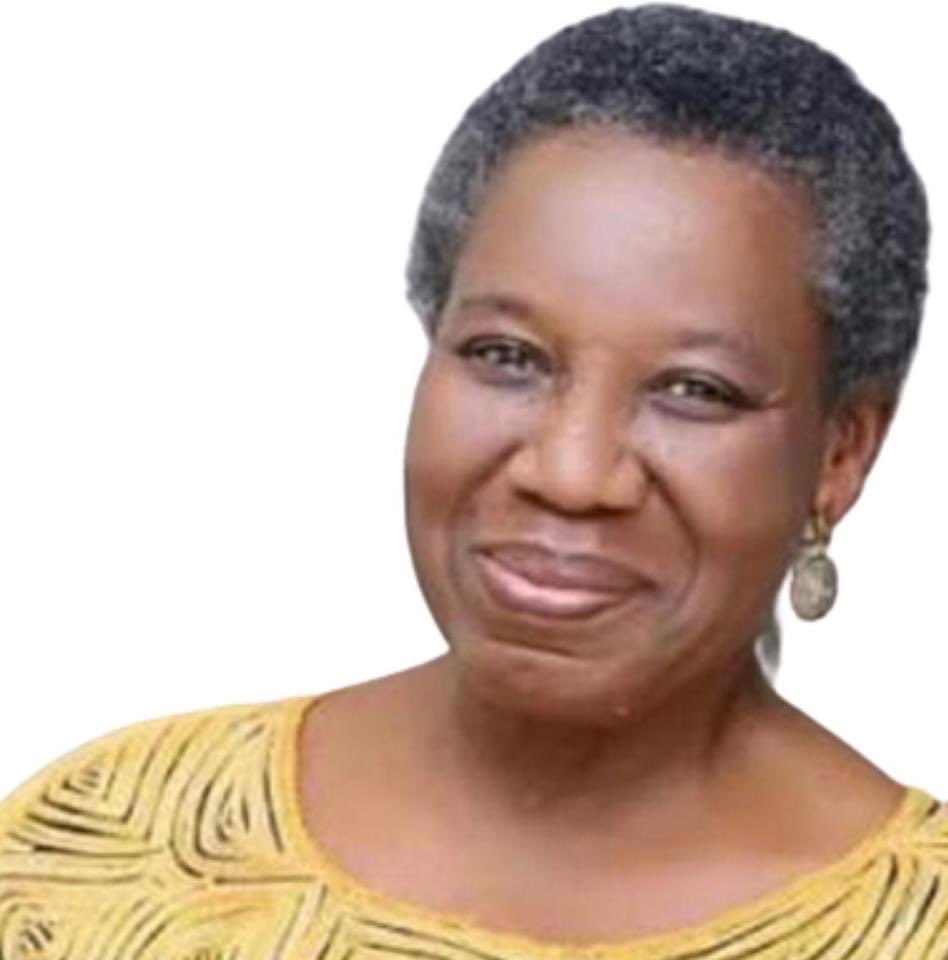Kiriji War.
Or
Ekiti Parapo War.
Or
The Yoruba Civil War.
1877-1893
One of the longest civil wars in history.
Or
Ekiti Parapo War.
Or
The Yoruba Civil War.
1877-1893
One of the longest civil wars in history.

23rd September is the anniversary of the signing of the peace treaty that ended the almost 17 year Yoruba civil war, also known as the Kiriji war.
The warring factions were the western Yoruba; Ibadan/Oyo against the eastern Yoruba; Ekiti in alliance with Ilesa.
The warring factions were the western Yoruba; Ibadan/Oyo against the eastern Yoruba; Ekiti in alliance with Ilesa.
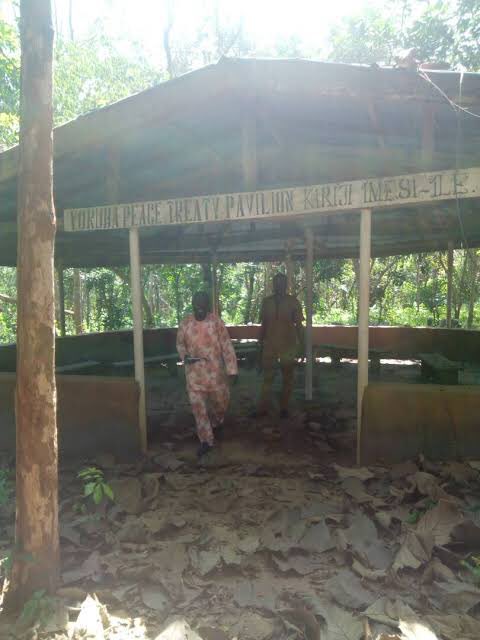
The Ibadan/Oyo were supported by Modakeke and Offa, while the Ekiti were supported by most other Yoruba groups; the Ijebu, Ife, Egba, Akoko, Igbomina, Ilorin, Egbe and Kabba along with some other sub Yoruba groups. 
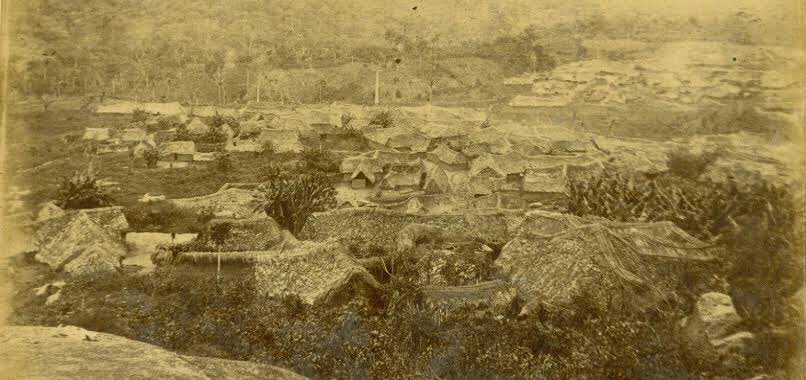
It was the first war in these parts that involved the use of ‘sophisticated’ military weaponry; breech loading rifles and cannon, hence its name Kiriji, an onomatopoeic mimicking of the terrible sound of cannonry. 

The Ibadan forces were led by the then Are Onakakanfo, Obadoke Latosa of Ibadan. While the Ekiti forces were led by Fabunmi of Imesi, and later joined by Ogedengbe of Ilesa and Karara of Ilorin. 
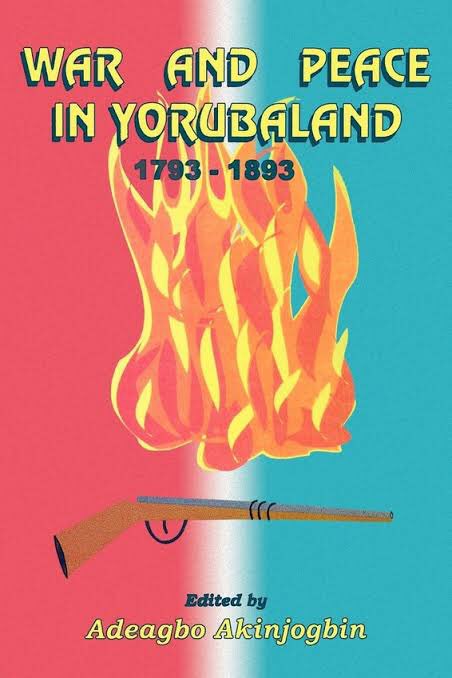
In all, over 100,000 men were involved on both sides.
Ogedengbe of Ilesa, who after the war, became Obala of Ilesa.

Ogedengbe of Ilesa, who after the war, became Obala of Ilesa.
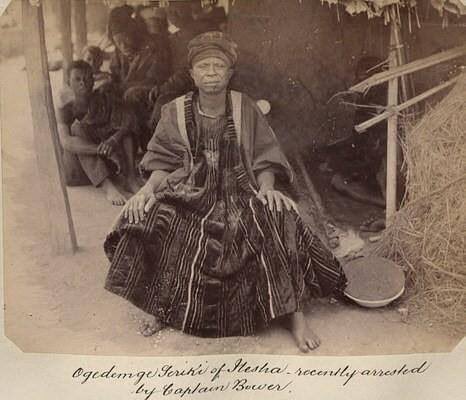
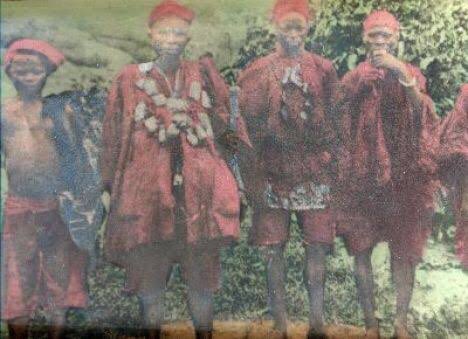
The war was basically caused by the instability occasioned by the collapse of Oyo authority, the inordinate attempt by Ibadan to fill the power vacuum created and attempts to expand its influence into the eastern parts of Yorubaland. 
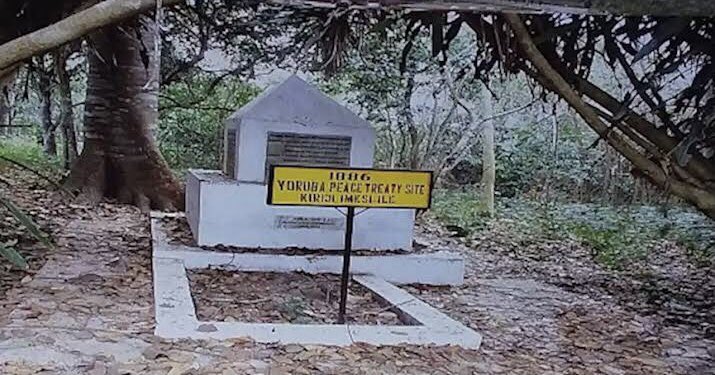
This involved appointing and posting administrative prefects or Ajélè to towns and villages. They effectively operated as taskmasters levying heavy taxes. The immediate cause of the war was a revolt which resulted in the coordinated massacre of Ajeles in all towns and villages. 
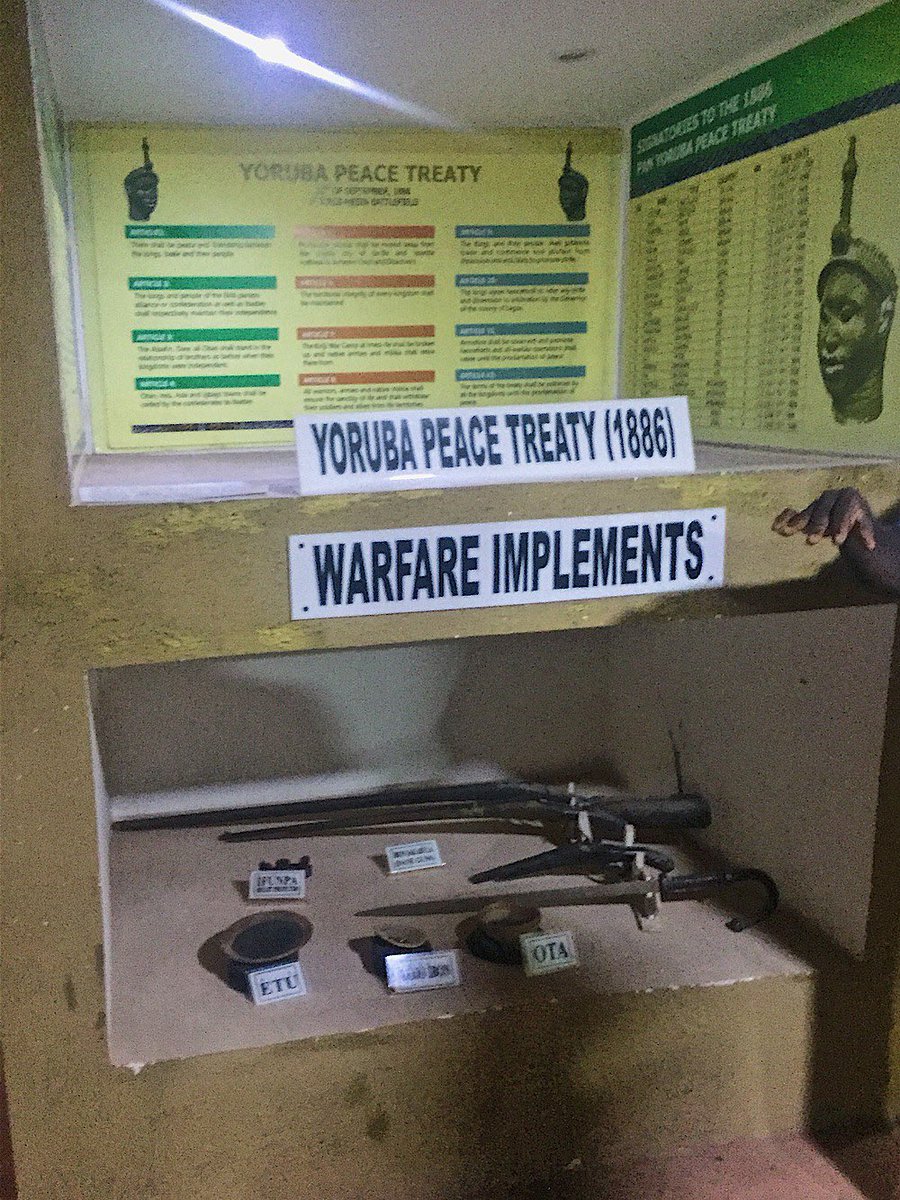
The battle took place on at least five fronts but the main ones were in the hills and fields in the area between the the Oyo camp in Igbajo and the Ekiti camp in Imesi Ile, both in present Osun State. There were pitched battles involving trenches and battlements atop the rocks. 


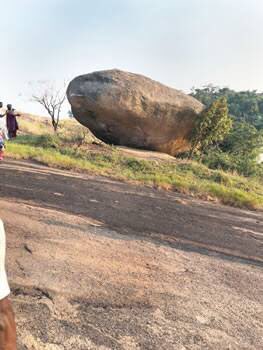
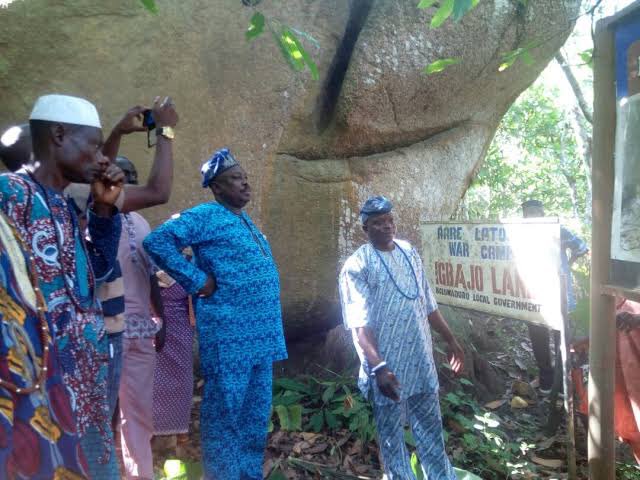
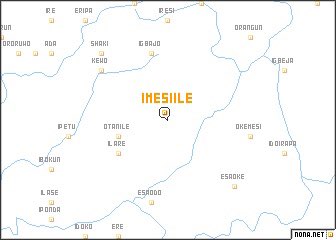
The war dragged on. It seemed no one side could win a decisive victory. Sensing a stalemate, the Revs Samuel Johnson and Charles Phillips(later Bishop Phillips) negotiated a cease fire agreement which was signed in Lagos. They were also assisted by Ekiti returnees in Lagos.
One of these was Fredrick Haastrup; he later became Owa Ajimoko I of Ilesa. A peace treaty was eventually signed in 1886, but didn’t result in immediate end of hostilities. Fighting & skirmishes continued in some places for some time after. The war finally ceased totally in 1893. 
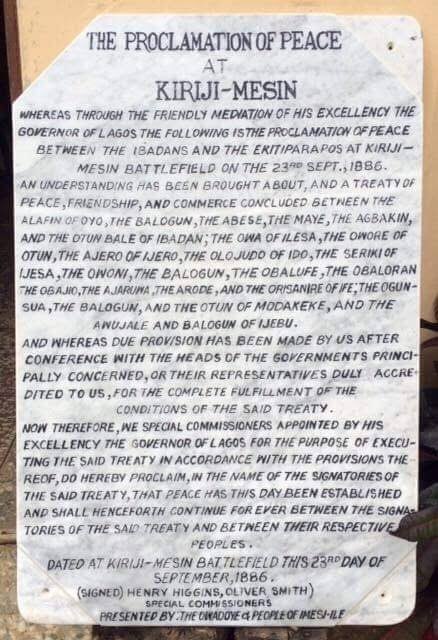
The major immediate aftermath of the war was the colonisation and annexation of the rest of Yorubaland by the British into the Southern Protectorate of Nigeria. Prior to this only Lagos was under British control, with Abeokuta having special status as semi autonomous territory.
The September 23rd formal end of hostilities has for the past few years been marked as a day of Yoruba unity. 
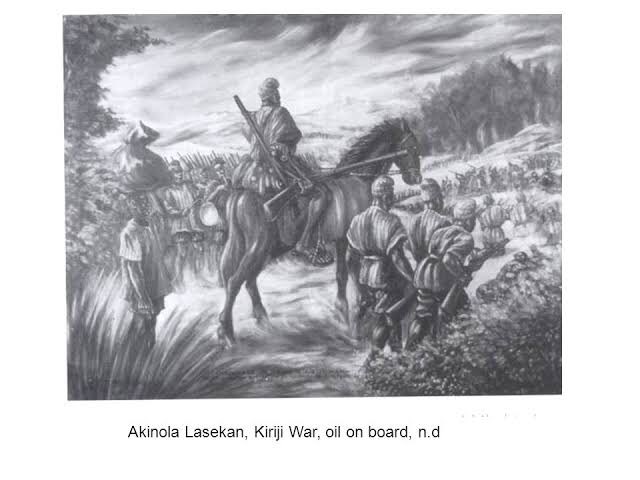
• • •
Missing some Tweet in this thread? You can try to
force a refresh

